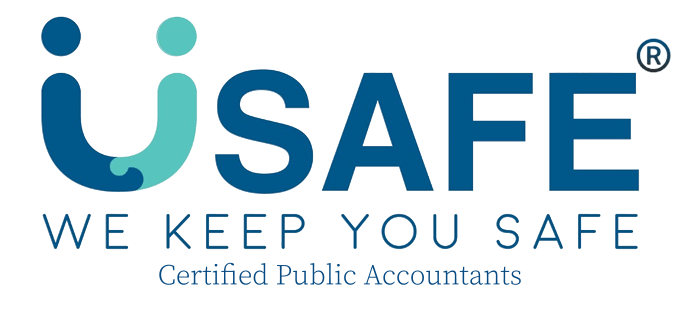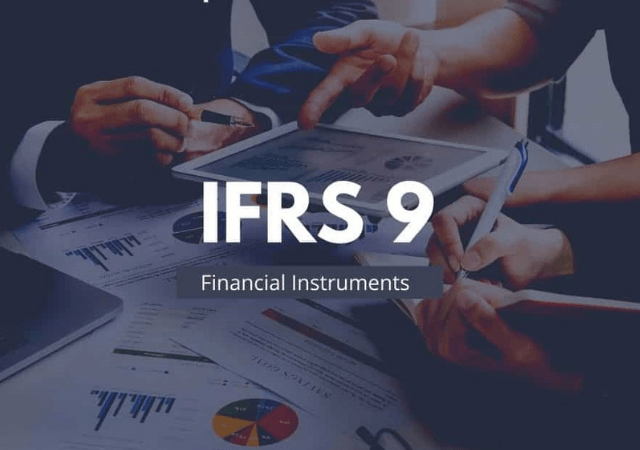Output Method Percentage of Completion – A Guide for Revenue Recognition
Introduction
The Output Method Percentage of Completion is one of the most widely used approaches for recognizing revenue in long-term projects such as construction, engineering, and large service contracts. By measuring deliverables achieved against total expected outputs, businesses can present financial results that reflect true progress and value delivered to clients. This method is fully supported under IFRS 15 Revenue from Contracts with Customers 和 FRS 115 in Singapore, making it a reliable choice for compliance and transparency.
WIP Working Paper for Construction Companies: Why It Matters and How to Prepare It
What Is the Output Method Percentage of Completion?
The output method recognizes revenue based on tangible results achieved during the contract period. Unlike the input method, which relies on costs incurred or resources consumed, the output method focuses on work delivered and milestones completed.
Common output measures include:
-
Number of units delivered (e.g., houses, buildings, or software modules)
-
Milestones achieved (e.g., 30% of construction certified by an engineer)
-
Independent surveys of work performed
For businesses in Singapore, guidance can also be found in https://www.iras.gov.sg/taxes/corporate-income-tax/income-deductions-for-companies/what-is-income-taxed/revenue-recognition, which align with IFRS/FRS standards.
Benefits of the Output Method
Using the Output Method Percentage of Completion provides several advantages. First, it improves accuracy, since revenue is aligned with actual project deliverables. Second, it increases transparency, giving clients and investors a clearer view of progress. Third, it ensures compliance with international accounting standards like IFRS 15 and FRS 115. Finally, it provides a fair representation of economic reality, which is particularly important for industries such as construction and infrastructure development.
Challenges in Applying the Output Method
Despite its benefits, businesses must consider some challenges when applying this method. Defining measurable outputs can be difficult for projects that lack clear milestones. Valuing partial outputs is another challenge, as assigning fair value to incomplete deliverables may involve judgment. Additionally, frequent changes in contract scope can complicate calculations of completion percentage.
To address these challenges, companies should carefully document their methodology and ensure that chosen progress measures are verifiable by auditors.
Output Method vs Input Method
The key difference between the output method and the input method lies in how progress is measured. The output method looks at what is delivered to the customer, such as completed units or certified milestones. By contrast, the input method looks at what resources are consumed, such as costs incurred or hours worked.
The output method is best when project deliverables are clear and can be objectively verified, while the input method is more suitable for projects where outputs are difficult to quantify but costs and resources are tracked reliably. Both methods are allowed under IFRS 15, but businesses must choose the one that best reflects how control of goods or services is transferred. For a deeper comparison, you can refer to https://www.iasplus.com/en/standards/ifrs/ifrs15.
Practical Example
Consider a contractor who agrees to build 10 houses for SGD 10 million. By the end of the first year, 4 houses are fully completed and delivered.
-
Completion percentage: 4 ÷ 10 = 40%
-
Revenue recognized: 40% × SGD 10 million = SGD 4 million
This ensures that reported revenue reflects actual progress made and value delivered to the customer.
Conclusion
The Output Method Percentage of Completion offers a clear, transparent, and standards-compliant way to recognize revenue in long-term contracts. By linking revenue directly to deliverables, it fairly represents project progress and ensures accurate financial reporting.
For businesses in Singapore and globally, applying this method not only improves compliance with IFRS 15/FRS 115 but also strengthens stakeholder trust and demonstrates commitment to transparency.
Disclaimer: This article is for informational purposes only and does not constitute any professional advice. Feel free to contact us to consult with our professional advisors team for personalized advice and guidance.




